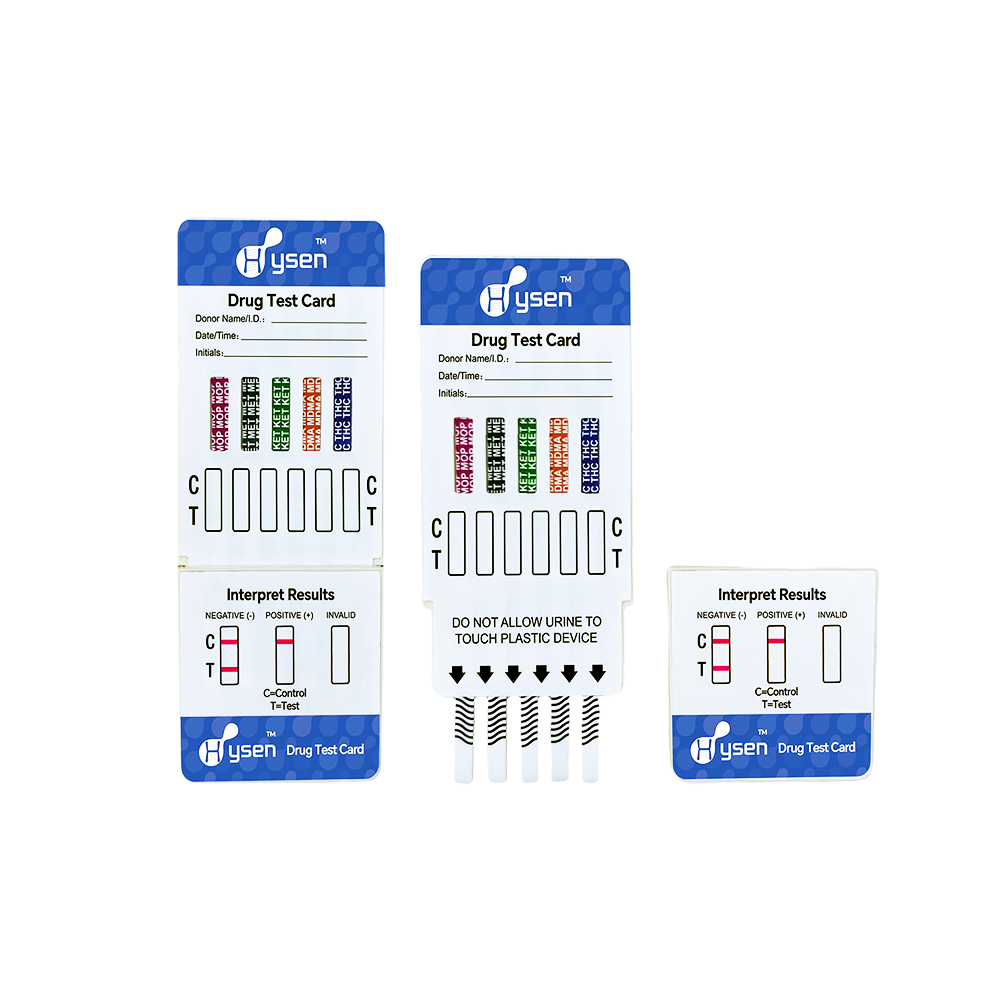Introduction to 510(k) DOA: Understanding the Basics
The 510(k) route provides medical device manufacturers with a mechanism to establish substantial equivalence to legally marketed predicates. The term DOA (Determination of Acceptability) in 510(k) submissions refers to the preliminary evaluation of submitted documentation to ensure that the data presented is complete and organized according to FDA requirements. A thorough understanding of 510(k) DOA is critical for manufacturers, suppliers, and custom equipment providers aiming to swiftly and successfully navigate the regulatory path towards market clearance.
Defining Key Terms and Concepts
The FDA's 510(k) process, referenced in section 513(i)(1)(A) of the Federal Food, Drug, and Cosmetic Act, is central to medical device regulation in the US. It requires manufacturers to demonstrate that their devices are substantially equivalent in terms of safety and efficacy to a predicate device. A successful DOA ensures that the submission is ready for in-depth review and is a crucial first step for suppliers and custom manufacturers.
Regulatory Framework Governing 510(k) DOA
The regulatory environment in which the 510(k) operates is defined by strict guidelines that manufacturers must follow to secure FDA approval. This framework establishes the foundation for the DOA and dictates what is required from a submission.
Key Regulatory Bodies and Documents
The Center for Devices and Radiological Health (CDRH) manages the 510(k) submissions. Regulations such as 21 CFR 807 Subpart E lay out specific requirements. Custom device manufacturers and standard suppliers must familiarize themselves with these guidelines to avoid costly delays in the submission process.
Criteria for Substantial Equivalence in 510(k)
Substantial equivalence is at the heart of the 510(k) process. Manufacturers must compare their device against one or more predicate devices to prove similarity in safety and effectiveness. Differences in technology or design must not introduce new safety or effectiveness concerns.
Understanding Predicate Devices
A predicate device is one that was legally marketed prior to May 28, 1976, or a device that received clearance under the 510(k) framework. Manufacturers and custom device suppliers need to carefully select appropriate predicates to support their substantial equivalence claims.
Electronic Submissions and CDRH Portal Requirements
As of October 1, 2023, the FDA mandates that all 510(k) submissions must be submitted electronically via the CDRH Portal. This requirement is designed to streamline the review process and improve efficiencies within regulatory procedures.
Benefits of the Electronic Submission Process
The move to electronic submissions allows for faster communication between device manufacturers, suppliers, and FDA reviewers. The CDRH Portal facilitates easier tracking and ensures that documentation is securely transmitted, benefiting both custom and traditional device factories.
The 510(k) Review Process and Timeline
Understanding the review process and expected timeline can help custom device manufacturers and suppliers plan their market strategies. Generally, a 510(k) review takes up to 90 days after the DOA is confirmed, although this can vary based on submission complexity.
Stages of the Review Process
The review process includes the Initial Review, Substantive Review, and Interactive Review. Each of these stages is critical for ensuring that the submission meets all regulatory standards before a clearance letter is issued.
Common Challenges and Mistakes in 510(k) Submissions
Challenges in the 510(k) process often arise from incomplete documentation, incorrect predicate selection, or technological differences that raise safety concerns. Identifying and mitigating these issues is crucial for suppliers and custom manufacturers aiming for swift submission clearance.
Strategies for Overcoming Challenges
Proactively engaging with regulatory consultants, ensuring comprehensive data collection, and meticulous documentation can substantially reduce the likelihood of a Refuse to Accept (RTA) letter, which would delay the approval process.
Types of 510(k) Submissions: Traditional, Abbreviated, Special
The FDA recognizes three types of 510(k) submissions: Traditional, Abbreviated, and Special. Each type serves different purposes, depending on the specifics of the device and available guidance documents.
Choosing the Right Submission Type
Understanding the nuances of each submission type allows manufacturers and suppliers to optimize their approach. The Traditional 510(k) path is the most commonly used, while the Abbreviated and Special pathways offer faster alternatives under specific conditions.
Impact of 510(k) DOA on Medical Device Manufacturers
The 510(k) DOA significantly influences how quickly and efficiently manufacturers and suppliers can bring new devices to the market. A successful DOA not only expedites market entry but also helps establish trust and reliability among consumers.
Market Implications and Opportunities
For custom device factories and suppliers, understanding and leveraging the 510(k) DOA can lead to competitive advantages in the market. It allows for faster adaptation to industry changes and customer needs.
Role of Regulatory Consultants in 510(k) Submissions
Regulatory consultants play a vital role in guiding manufacturers through the complexities of the 510(k) submission process. Their expertise can significantly increase the likelihood of a successful DOA on the first attempt.
Maximizing Submission Efficiency
By utilizing the services of experienced regulatory consultants, custom device suppliers can ensure that their submissions meet all regulatory requirements, thereby minimizing delays and optimizing resource utilization.
Future Trends and Developments in 510(k) Pathway
The 510(k) pathway is constantly evolving. Technological advancements and regulatory updates continuously shape the submission landscape. Staying informed about these trends is critical for manufacturers, suppliers, and custom device producers.
Anticipating Regulatory Changes
Being proactive about impending regulatory changes can offer strategic advantages to factories and suppliers. By aligning business operations with changing practices, companies can maintain compliance and enhance market readiness.
Hysen Provide Solutions
Hysen offers comprehensive solutions for navigating the 510(k) submission process, specifically tailored to the needs of medical device manufacturers, suppliers, and custom equipment producers. Leveraging deep regulatory expertise and cutting-edge technology, Hysen ensures that each submission is meticulously crafted to meet FDA standards, thereby minimizing the risk of delays. Whether you are a factory specializing in custom devices or a supplier dealing with traditional equipment, Hysen's consulting services are designed to enhance submission efficiency and facilitate a smoother journey to market clearance.
User hot search: 510K DOA
Post time: Sep-08-2025
















